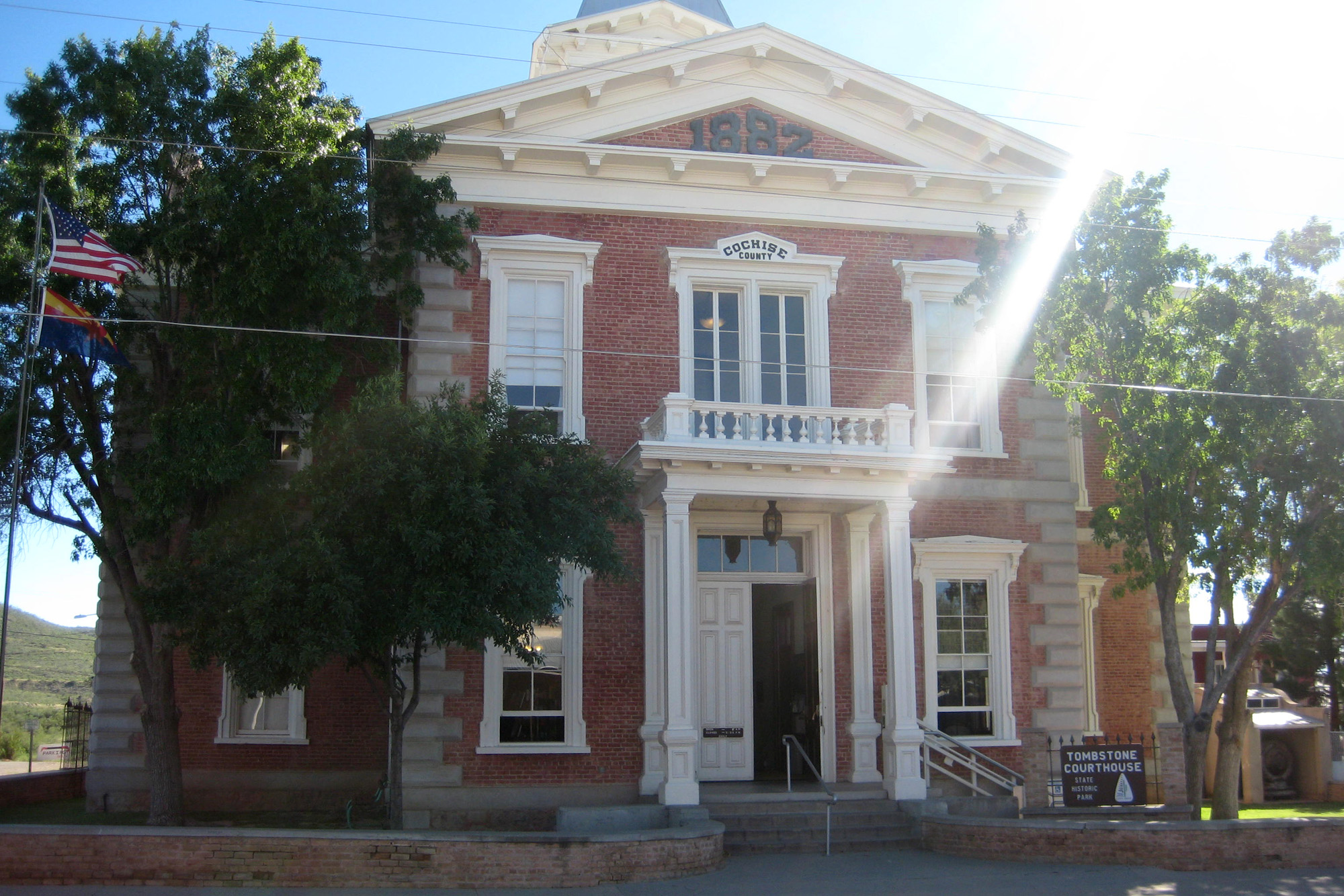[Source: Environment Arizona]
 A new report, The Best of America: Under Threat from Underfunding released today by Environment Arizona and Mayor Jeff Hill of Holbrook showed that visitorship to Petrified Forest National Park is on the rise. But even as Petrified Forest draws more and more visitors, it could face budget cuts in the coming year- leaving it with fewer resources for maintenance, upkeep and stewardship.
A new report, The Best of America: Under Threat from Underfunding released today by Environment Arizona and Mayor Jeff Hill of Holbrook showed that visitorship to Petrified Forest National Park is on the rise. But even as Petrified Forest draws more and more visitors, it could face budget cuts in the coming year- leaving it with fewer resources for maintenance, upkeep and stewardship.
“Last year, visitors poured into Petrified Forest to explore one of the world’s largest collections of petrified wood and go hiking in the Painted Desert,” said Bret Fanshaw of Environment Arizona. “Yet just as its popularity grows, Petrified Forest is under threat from underfunding.”
Petrified Forest National Park relies on its operating budget to hire park rangers, for programs like natural history and geology and to maintain general facilities and trails. The proposed National Park Service budget for the coming fiscal year calls for cutting Petrified Forest’s operating budget by $35,000. With 87,899 more people going to the park in 2009, budget cuts will make it harder for park stewards to keep up with increased usage.
“Now is the time Petrified Forest National Park should be best protected,” said Fanshaw. “Instead, it could be facing painful cuts, which could force park keepers to delay maintenance, hire fewer rangers or cut back on programs.”
Mayor Jeff Hill of Holbrook pointed out that Petrified Forest National Park is also an important cornerstone of the region’s economy.
“Petrified Forest National Park is a driving engine of tourism,” noted Mayor Hill. “It is a crucial part of our economy, our culture and our history.”
Similar threats to Arizona’s state parks have been seen in the last year. Parks like Homolovi Ruins are now closed because of major sweeps to conservation funds by the state legislature. Sweeps of $71 million in the last two years nearly forced two-thirds of Arizona’s state parks to close last spring, but many have stayed open temporarily with help from local communities. Advocates noted that the state parks will need to establish a permanent funding source this year or many others will shut down.
“Arizona’s state parks bring in $266 million in tourism revenue every year,” Fanshaw remarked. “Instead of stealing conservation money, the legislature should invest in our parks to keep them open and benefiting local communities.”
The threats to Petrified Forest National Park are also being seen around the country. Environment Arizona’s report reveals that nationwide, two-thirds of national parks, including parks in nearly every state, saw visitorship climb. However, almost three-quarters of parks that saw this increase in visitors last year could face a budget cut in the coming year.
In addition to operations and maintenance funding, national parks are threatened by overdevelopment and pollution on lands adjacent to or within its boundaries. The Land and Water Conservation Fund was established to give parks grants for land acquisition as privately-held parcels of land near the park come up for sale. Unfortunately, many parks never receive these funds.
“Just like Petrified Forest, parks throughout America are becoming more popular destinations. Parks still offer affordable family vacations and are ideal places for people of all ages to explore the great outdoors,” said Fanshaw. “We need to give our parks the resources to ensure they are just as majestic in 2999 as they were in 2009.
Environment Arizona urged the Obama administration to prioritize national park preservation in their America’s Great Outdoors Initiative. Advocates also called on Senators McCain and Kyl to secure funding for the National Parks Service.
“The Administration’s America’s Great Outdoors Initiative aims to protect America’s greatest places and reconnect Americans with the outdoors. Here at Petrified Forest, we see that happening everyday, as more and more families come to see ancient trees turned to stone; now is the time to fulfill the promise of America’s national parks,” said Fanshaw. “We urge our leaders to fully fund the National Park Service and permanently and fully fund the Land and Water Conservation Fund so we can all enjoy what is truly the best of Arizona for generations to come.”








You must be logged in to post a comment.